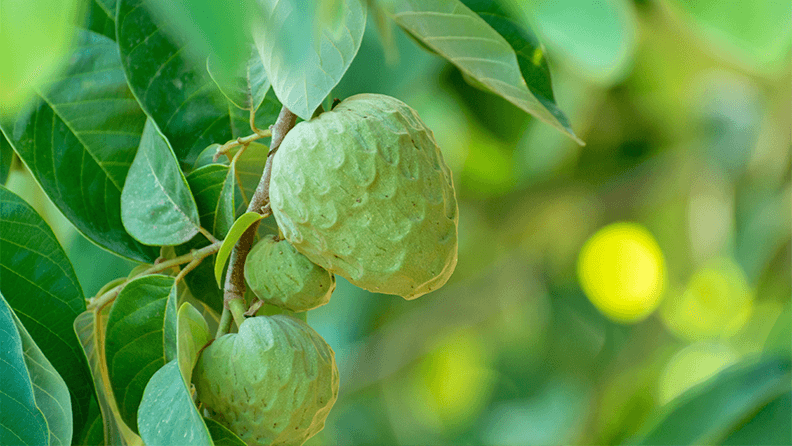carob tree
- Scarlet Allen
- Jun 30, 2023
- 3 min read
ceratonia siliqua

Habitats: Rocky places near the sea shore
Main bloom time: autumn
Harvest time: autumn
Growth: ca. 7-15 meters
Edible parts: pods and seeds
Other uses: animal feed, dietary supplement, nitrogen fixer
Plants present at Son Selva: ca. 25
The super tree
Without care and water, it grows in the greatest modesty and produces rich superfood of the finest. It is extremely resistant to heat, drought and salt. As a legume, it not only feeds livestock and humans with its pods, but also fixes nitrogen to its roots and thus contributes to the fertility of the soil.
The carob is a flowering evergreen tree or shrub of the legume family, Fabaceae. It is widely cultivated for its edible fruitpods mostly to feed livestock. But became quite popular as "super food" in recent years. The carob tree is native to the Mediterranean region and the Middle East.
I love this tree for various reasons:
it is beautiful
it provides us with shade throughout the year
the pods are nutritious and sell for a quite good price at the moment
it is nitrogen fixing, meaning it can provide nutrients to other plants around it
it is drought and salt tolerant
we already have about 25 carob trees on our property (and will plant some more!)
If you haven't already: You can sponsor one of our carob grannies to support this project.

Most of our carob trees are placed close to the stone walls. I guess because they haven't been considered a valuable crop in the past.
The species is dioecious (individual flowers are either male or female, but only one sex is to be found on any one plant so both male and female plants must be grown if seed is required). Fun fact: The carob tree is pollinated by wasps and flies.

The super food
The ripe, dried, and sometimes toasted pod is ground into carob powder, which was used as an ersatz cocoa powder, especially since the 1970s natural food movement. The pods take a full year to develop and ripen. They are dried on the tree before harvest. That's when they develop their unique sweet taste. The pulp is sweet and reminiscent of dried fruit and cocoa. The pods are processed into powder and consumed as a natural sugar or cocoa substitute. Carob is rich in fiber and minerals such as iron and calcium. Carob pods are not only delicious, but also good for digestion and the immune system.
As if these weren't enough reasons to get excited about this tree, the seeds in carob pods are also used. The seeds provide a thickening agent called carob bean gum, also known as carubin. It is used in confectionery, sauces, soups, puddings and glacé. For dietary purposes, locust bean gum is used as a baking aid in gluten-free bread. A substance isolated from the kernel has been shown to lower both blood sugar and cholesterol levels, and has a weight-reducing effect.
Here in Mallorca, carob trees are often found on the edge of almond or olive groves. More and more often, however, they are cultivated on a larger scale, since their fruit can be sold well and the trees can survive with practically no care, even as the climate warms up. The pods serve as fodder for sheep and goats. There are also about 25 old carob trees on my property and and planted a couple of young ones too. I can hardly wait for the harvest in autumn.

Medicinal use:
The pulp in the seedpods of carob is very nutritious and, due to its high sugar content, sweet-tasting and mildly laxative. However, the pulp in the pods is also astringent and, used in a decoction, will treat diarrhoea and gently help to cleanse and also relieve irritation within the gut. Whilst these appear to be contradictory effects, carob is an example of how the body responds to herbal medicines in different ways, according to how the herb is prepared and according to the specific medical problem. The seedpods are also used in the treatment of coughs. A flour made from the ripe seedpods is demulcent and emollient. It is used in the treatment of diarrhoea. The seed husks are astringent and purgative. The bark is strongly astringent. A decoction is used in the treatment of diarrhoea.
Other uses:
A flour made from the seedpods is used in the cosmetic industry to make face-packs. Tannin is obtained from the bark. Wood - hard, lustrous. Highly valued by turners, it is also used for marquetry and walking sticks.
Source: Plants for a Future




Comments